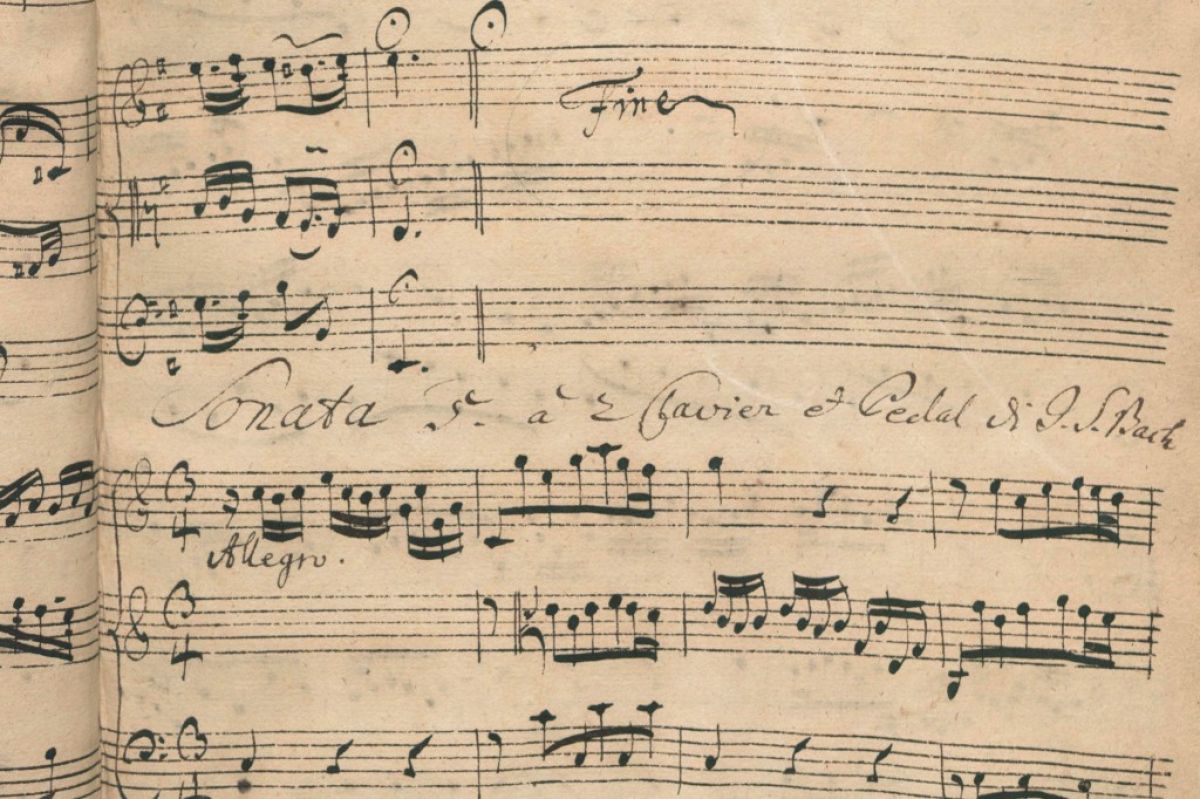Welcome to Harmonia Uncut, the podcast that takes you to early music performances you might have missed. I’m Wendy Gillespie, inviting you to join me as we travel back in time to October of 1993. We’re visiting Recital Hall at the Indiana University School of Music, where faculty members of the Early Music Institute are presenting a concert of music of Johann Sebastian Bach.
This concert, which predates cell phones, was recorded on reel-to-reel tape, (it took three of them), and the Cook Music Library staff has very kindly digitized them for Harmonia Uncut. We’re going to hear parts of the concert that involve Judith Linsenberg, the virtuoso recorder player, who was a sabbatical replacement for Professor Eva Legêne.
We’re going to listen to two trio sonatas that Judith arranged for recorder, violin, and continuo, in this case harpsichord and viola da gamba. These arrangements are still a staple of Judith’s ensemble Musica Pacifica, who recorded them in 2001, but this performance, with Stanley Ritchie on violin, Elisabeth Wright on harpsichord, and your humble servant on the bass viol was one of the early outings of Judith’s repertory. Here’s a weird thing to admit: I think I like these pieces better when played with cello than with viola da gamba, or maybe it is the cello playing of Elisabeth Le Guin on the CD.
Anyway, first we’re going to hear the Trio sonata in C major for recorder, violin, and continuo that began its life as a Sonata in G major for organ, BWV 530. It has three movements: Vivace, Lento, and Allegro
MUSIC
Judith Linsenberg, Stanley Ritchie, Elisabeth Wright, and Wendy Gillespie played Judith’s arrangement of JS Bach’s Sonata in G major BWV 530. Now we’re going to hear another of these organ sonatas, this time BWV 529, an organ sonata originally in C Major, now transformed and transposed into a Trio sonata in F major. The three movements are marked Allegro, Largo, and Allegro.
MUSIC
We’ve been listening to part of a concert on October 12, 1993 at the Early Music Institute, now the Historical Performance Institute of the Jacobs School of Music in Bloomington, IN. Judith Linsenberg played recorder, Stanley Ritchie, violin, Elisabeth Wright, harpsichord, and your host on viola da gamba. This would be a good moment to mention that we at Harmonia Uncut are looking for wonderful concert performances to share with the world.
We’re always interested in hearing your thoughts about this podcast. You can find Harmonia on Facebook, or leave a comment or question any time by visiting harmonia early music dot org. This has been Harmonia Uncut, and I’m Wendy Gillespie, thanks so much for joining me!










